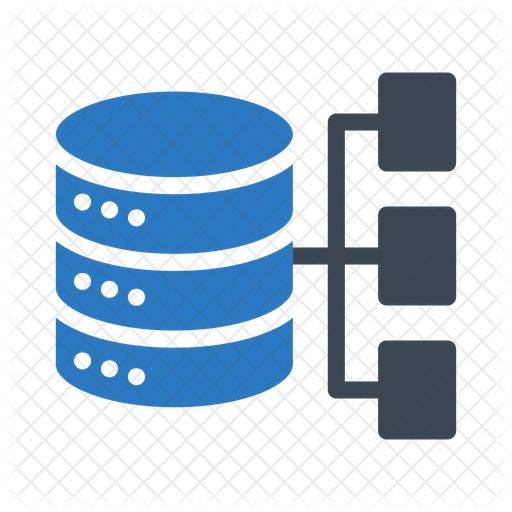### What is a Negative Amortization Loan? Understanding Its Implications and Benefits
#### What is a Negative Amortization Loan?A negative amortization loan is a type of loan where the monthly payments are not sufficient to cover the interest……
#### What is a Negative Amortization Loan?
A negative amortization loan is a type of loan where the monthly payments are not sufficient to cover the interest costs, leading to an increase in the loan balance over time. This can occur in various types of loans, including certain adjustable-rate mortgages (ARMs) and some student loans. When the payments made are less than the interest accrued, the unpaid interest is added to the principal balance, which can result in a situation where the borrower owes more than they originally borrowed.
#### Key Features of Negative Amortization Loans
1. **Payment Structure**: In a negative amortization loan, the borrower’s monthly payments may be set at a lower amount than the interest that accrues. This attractive initial low payment can lure borrowers, but it can lead to a larger debt burden over time.
2. **Loan Balance Increase**: As the borrower continues making payments that do not cover the full interest, the remaining unpaid interest is capitalized, meaning it gets added to the principal. This increases the total amount owed, which can be shocking to borrowers who may not fully understand the terms of their loan.

3. **Potential Triggers**: Many negative amortization loans come with specific conditions or triggers that can lead to a recalibration of payments. For instance, if the loan balance exceeds a certain threshold, the lender may require the borrower to start making higher payments to cover the accrued interest.
4. **Interest Rate Variability**: These loans are often tied to variable interest rates, which means that as market rates fluctuate, the cost of borrowing can change significantly. This can exacerbate the negative amortization effect if rates rise and the borrower’s payments remain low.
#### Pros and Cons of Negative Amortization Loans
**Pros**:

- **Lower Initial Payments**: The most significant advantage is the ability to make lower initial payments, which can be appealing for borrowers who may be cash-strapped or looking to keep their monthly expenses down.
- **Increased Borrowing Power**: By allowing for lower payments, borrowers might qualify for larger loans than they otherwise could with traditional amortization loans.
**Cons**:
- **Growing Debt**: The primary downside is the potential for growing debt. Borrowers may find themselves in a situation where they owe significantly more than they initially borrowed, which can be particularly problematic if they need to sell the property or refinance.

- **Payment Shock**: When the loan terms change, or when the borrower hits a payment trigger, they may face a sudden increase in their monthly payments, which can lead to financial strain.
#### Conclusion
In summary, a negative amortization loan can be a double-edged sword. While it offers the allure of lower initial payments and increased borrowing capacity, it carries significant risks that can lead to financial difficulties down the road. Borrowers should carefully consider their financial situation, potential future income, and the terms of the loan before committing to such an arrangement. Understanding "what is a negative amortization loan" is crucial for anyone considering this type of financing, as it can significantly impact their financial health and long-term goals. Always consult with a financial advisor or mortgage professional to evaluate whether a negative amortization loan aligns with your financial strategy and risk tolerance.